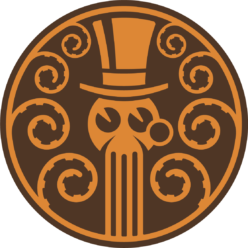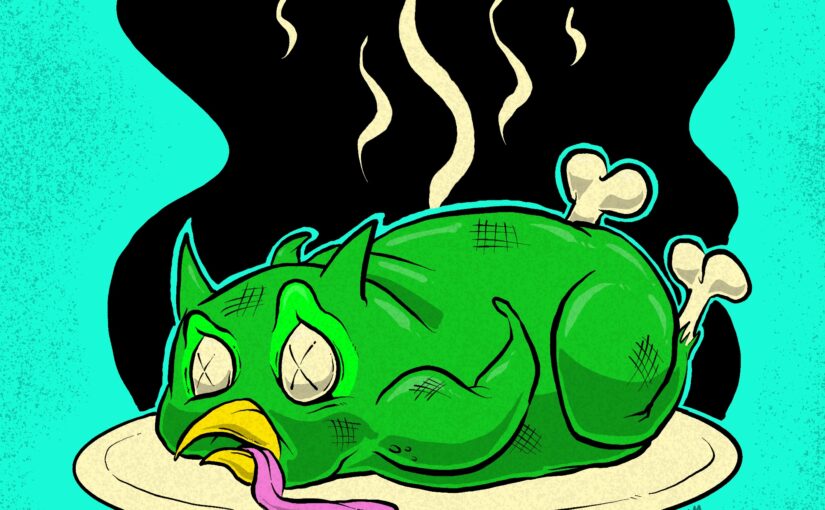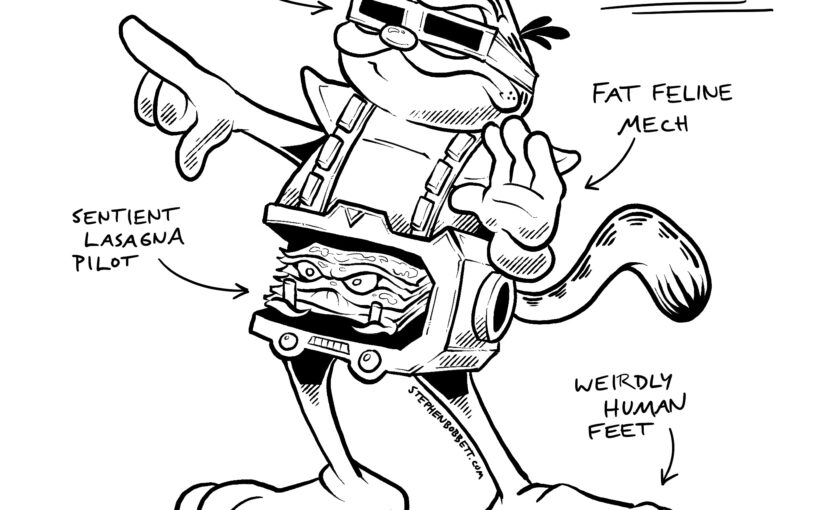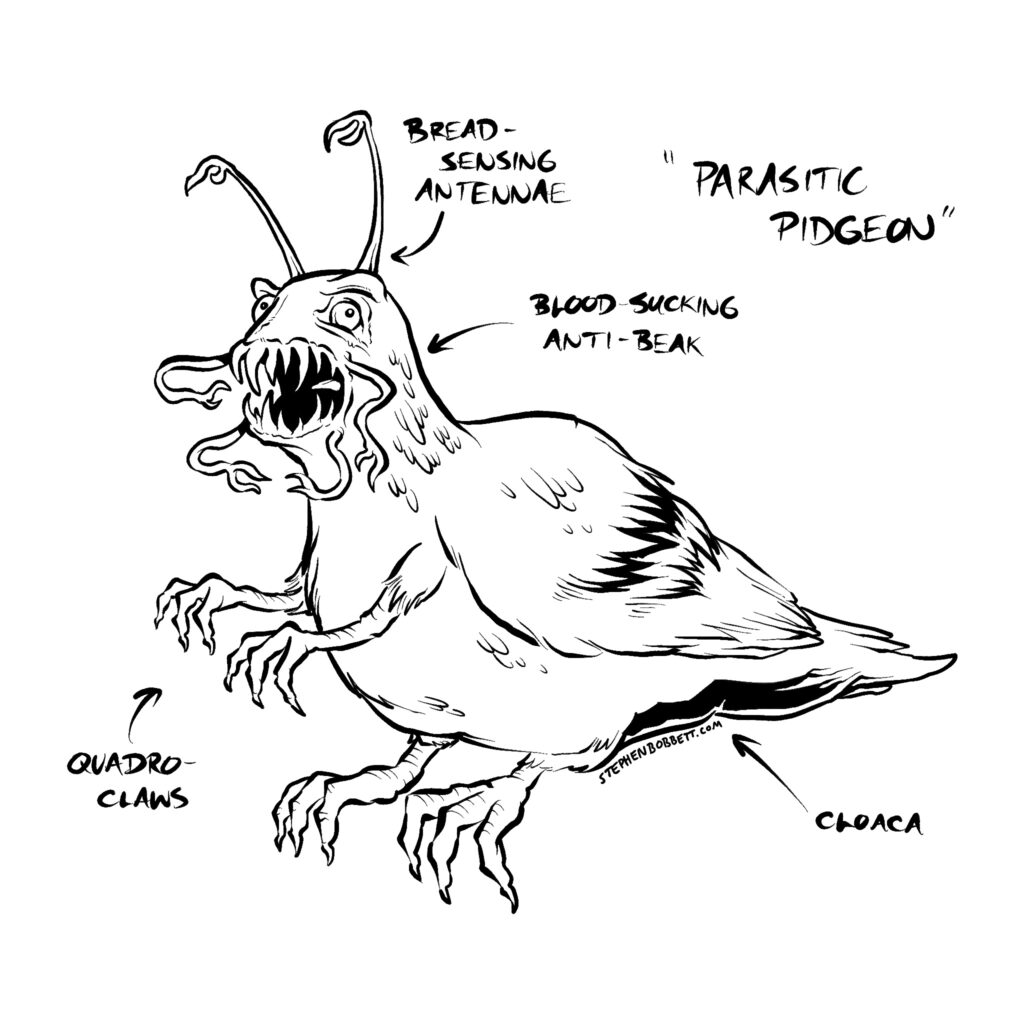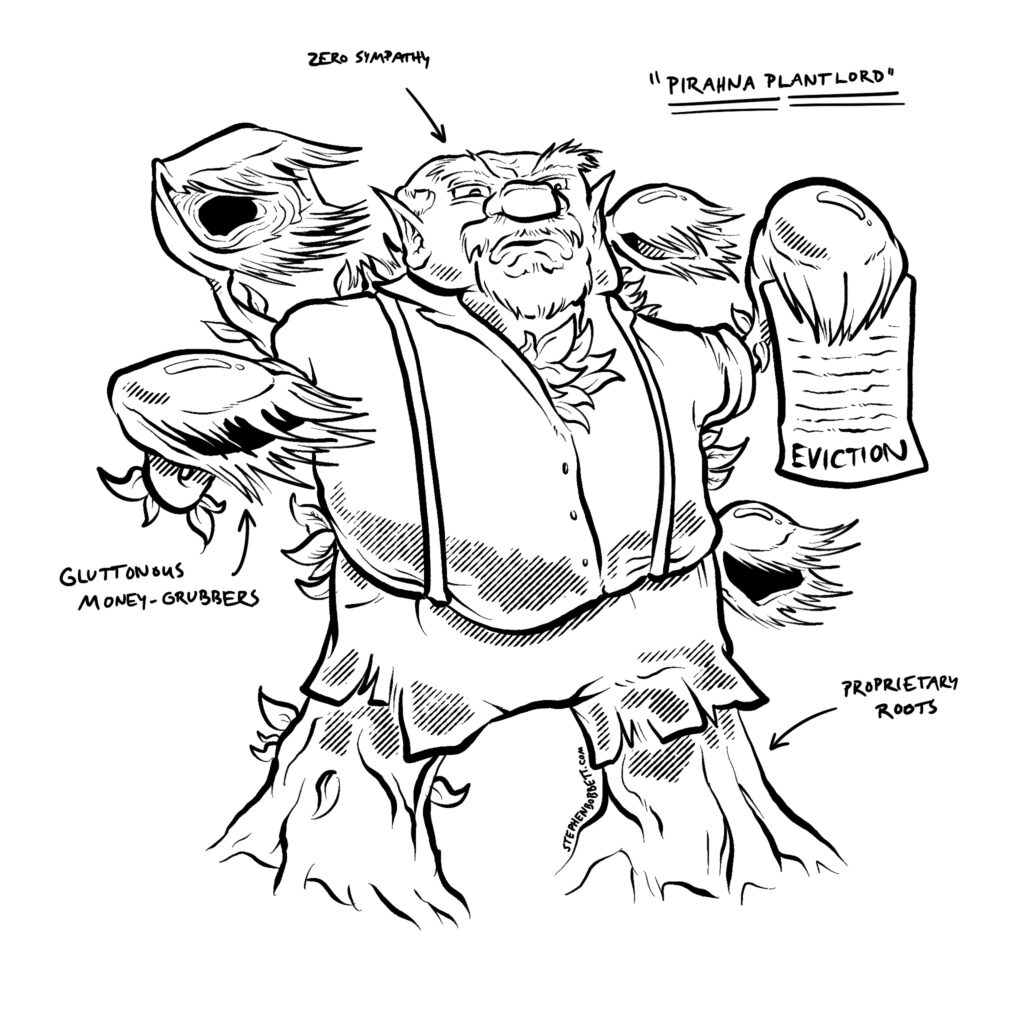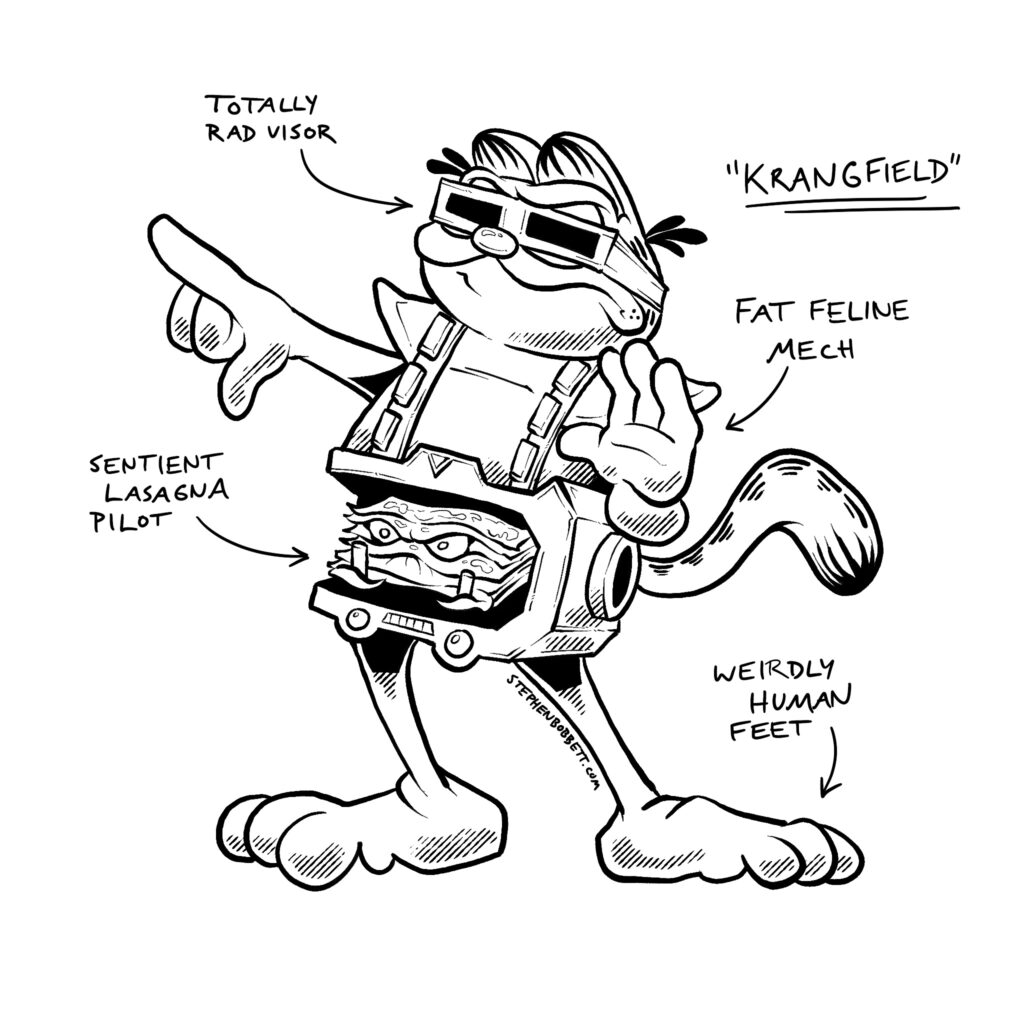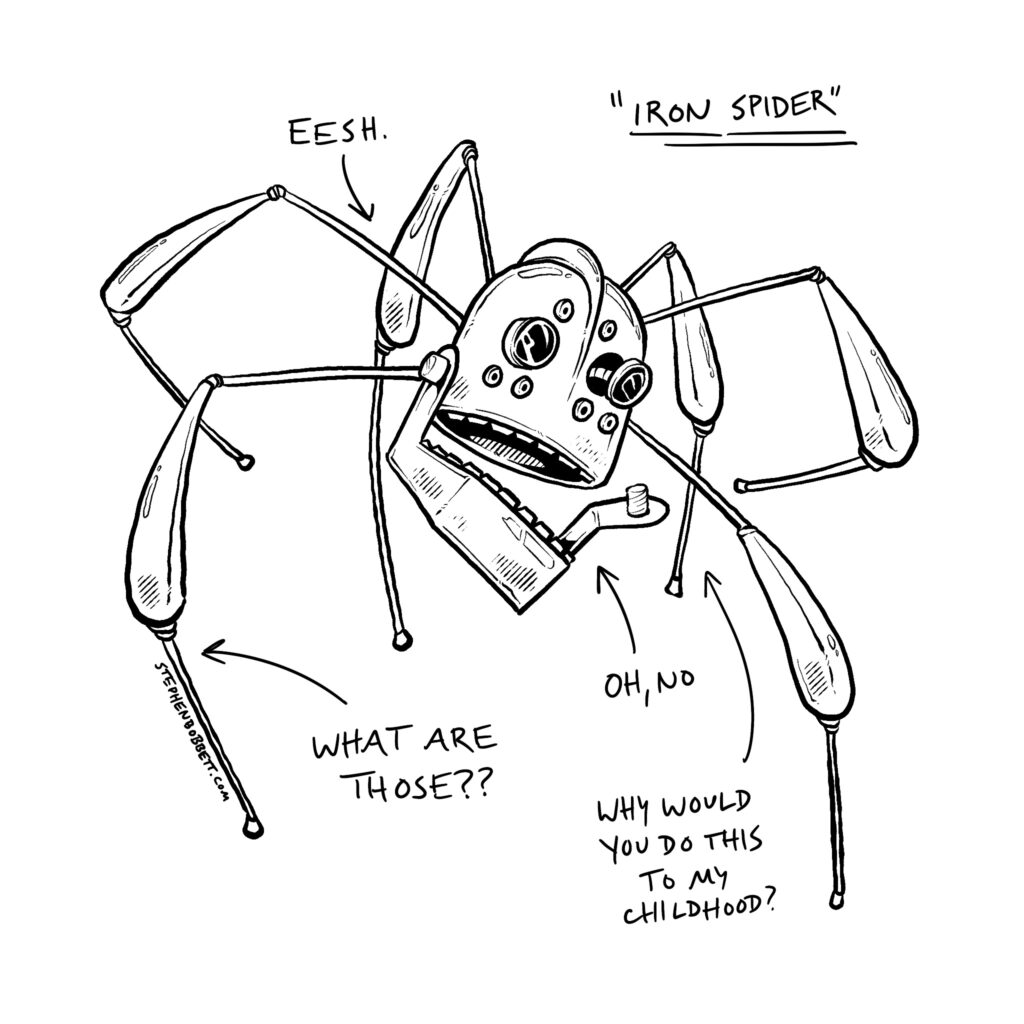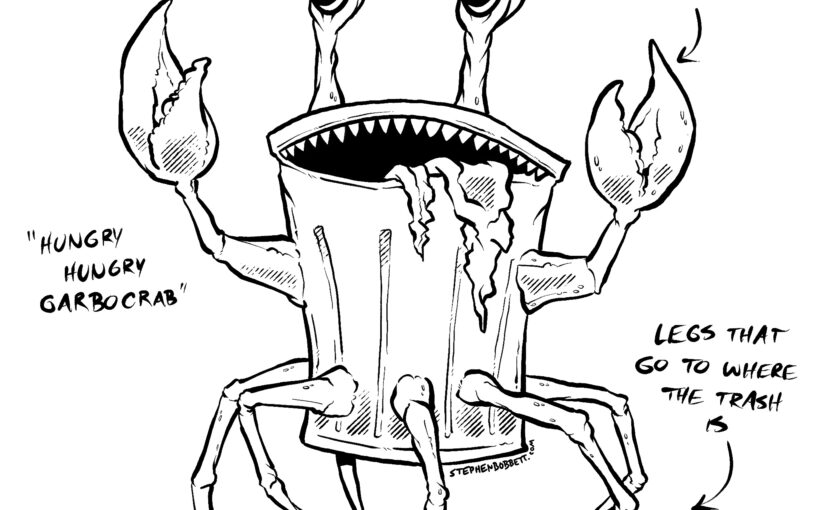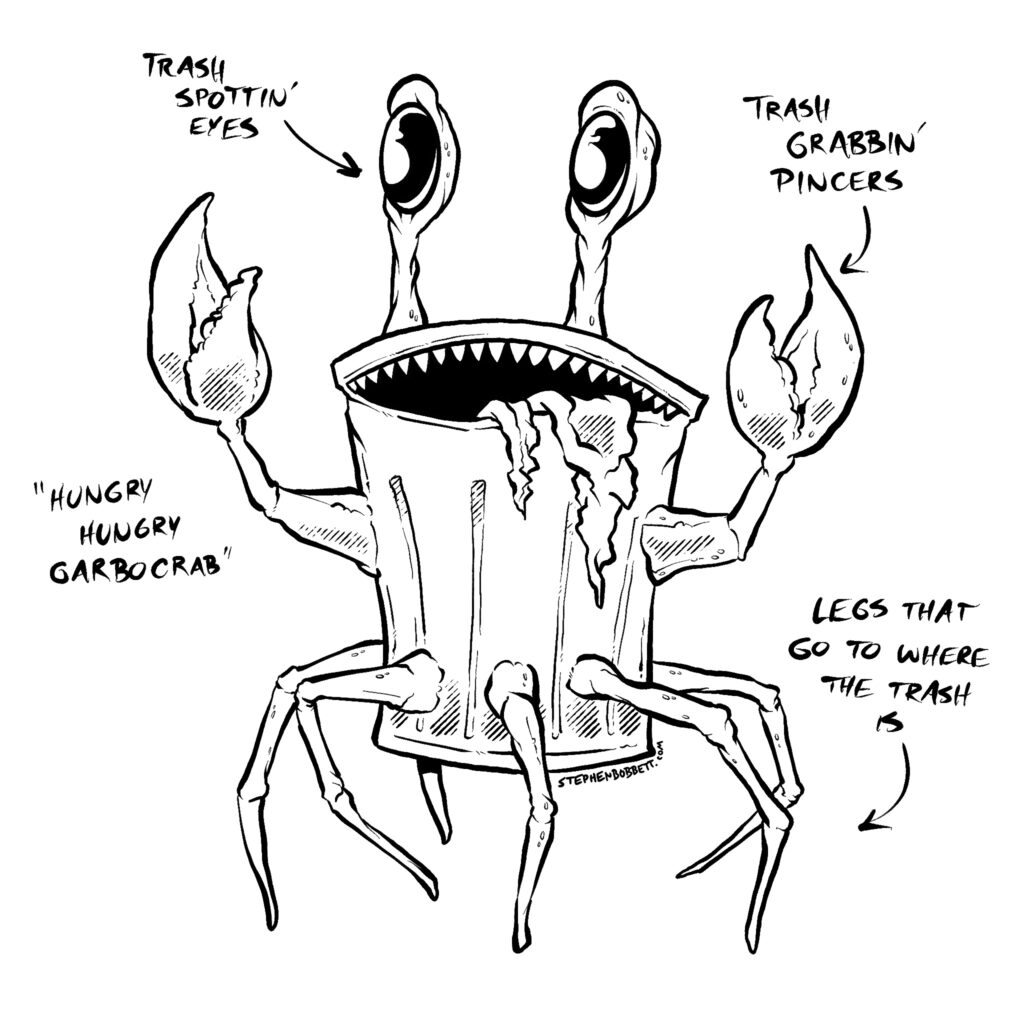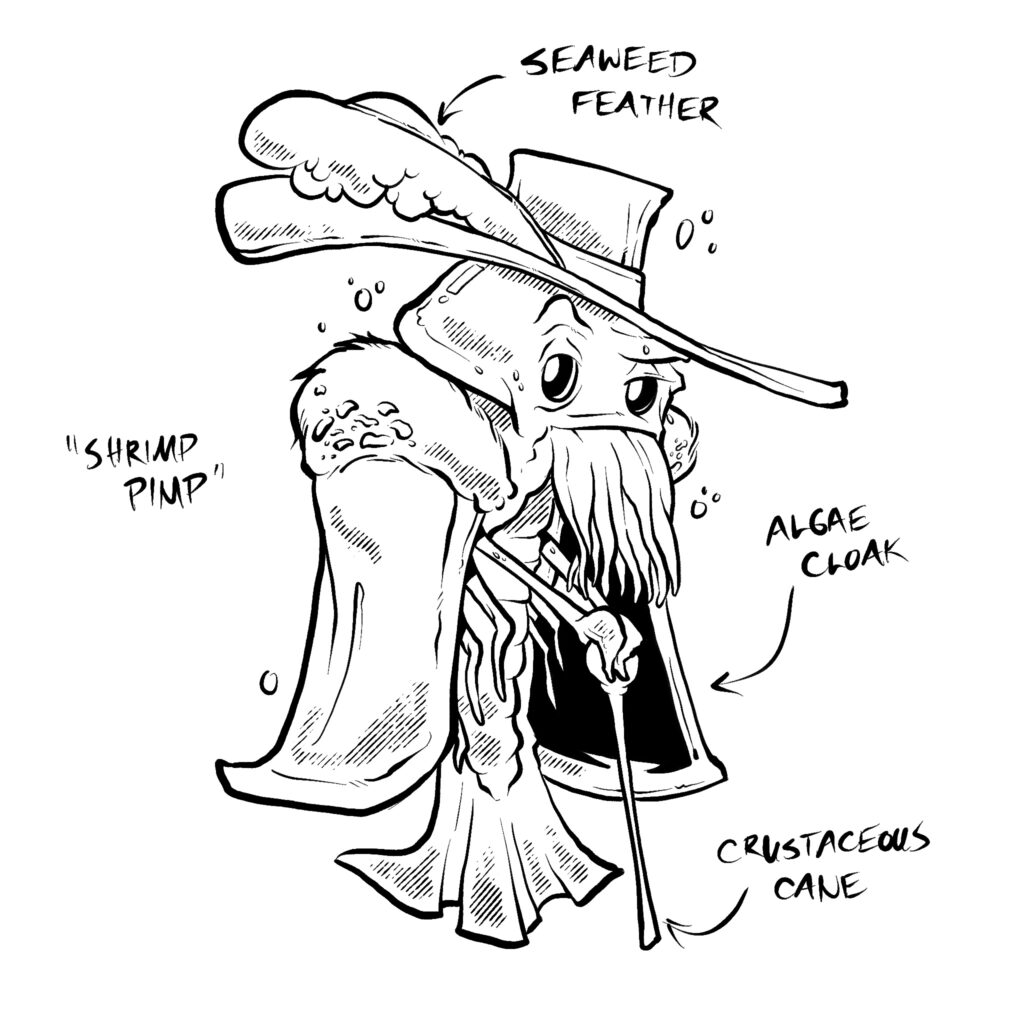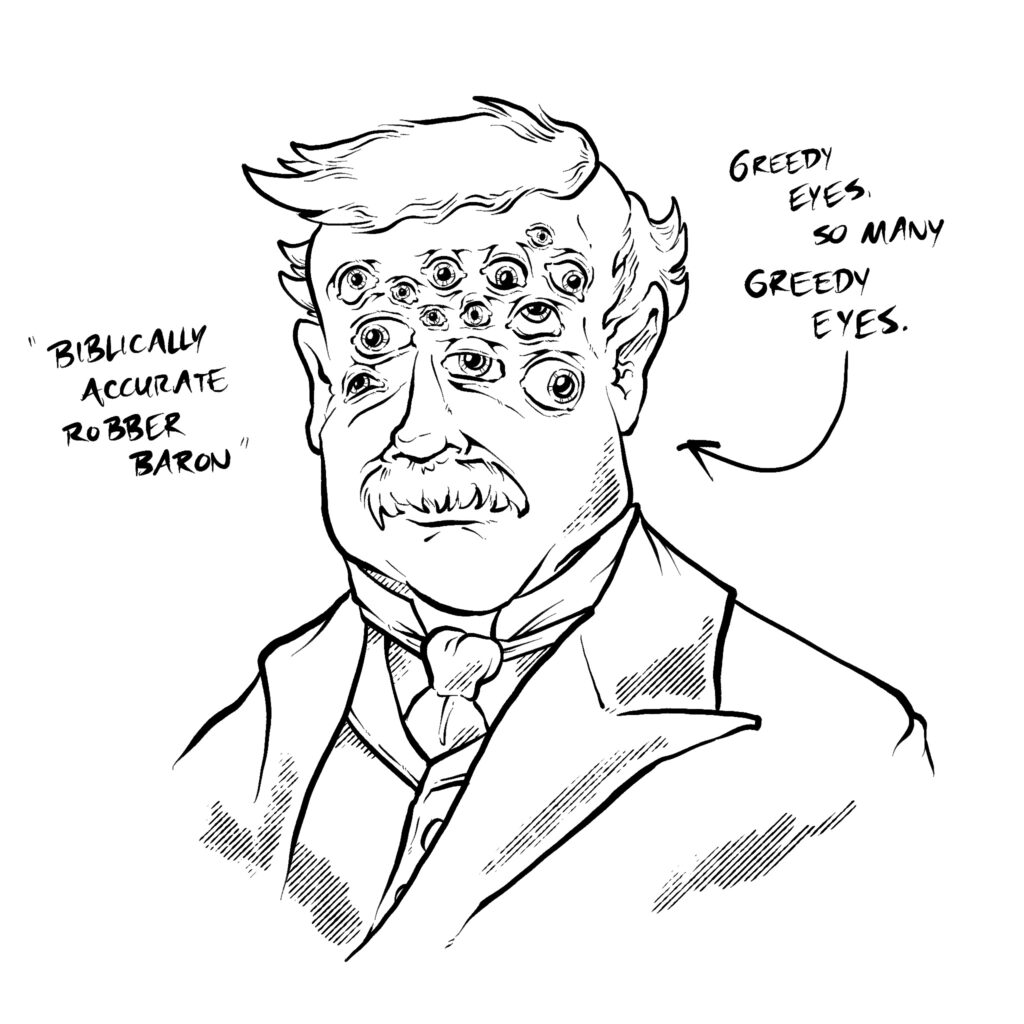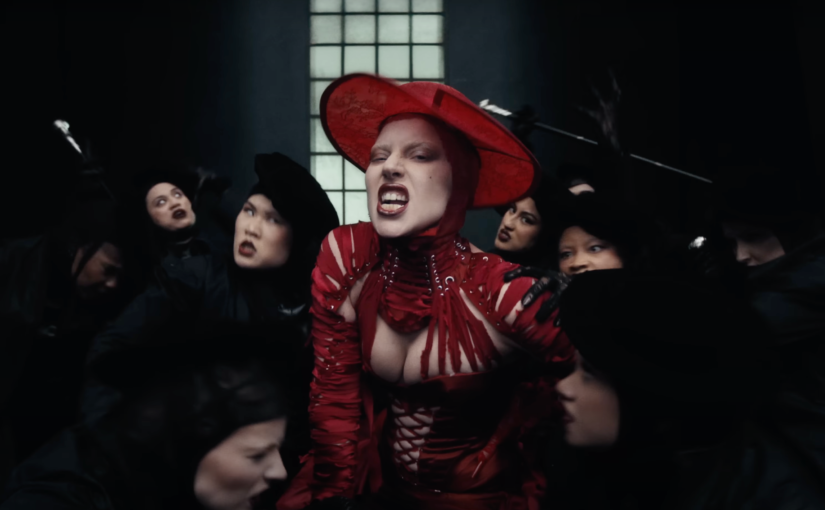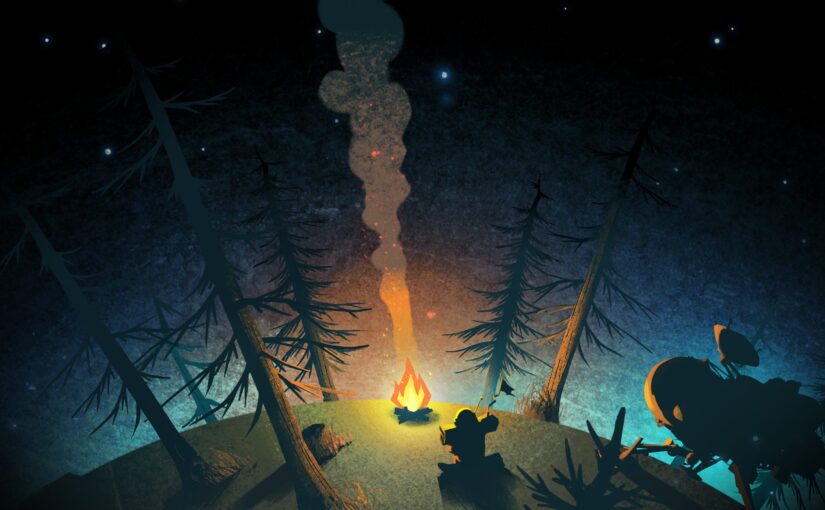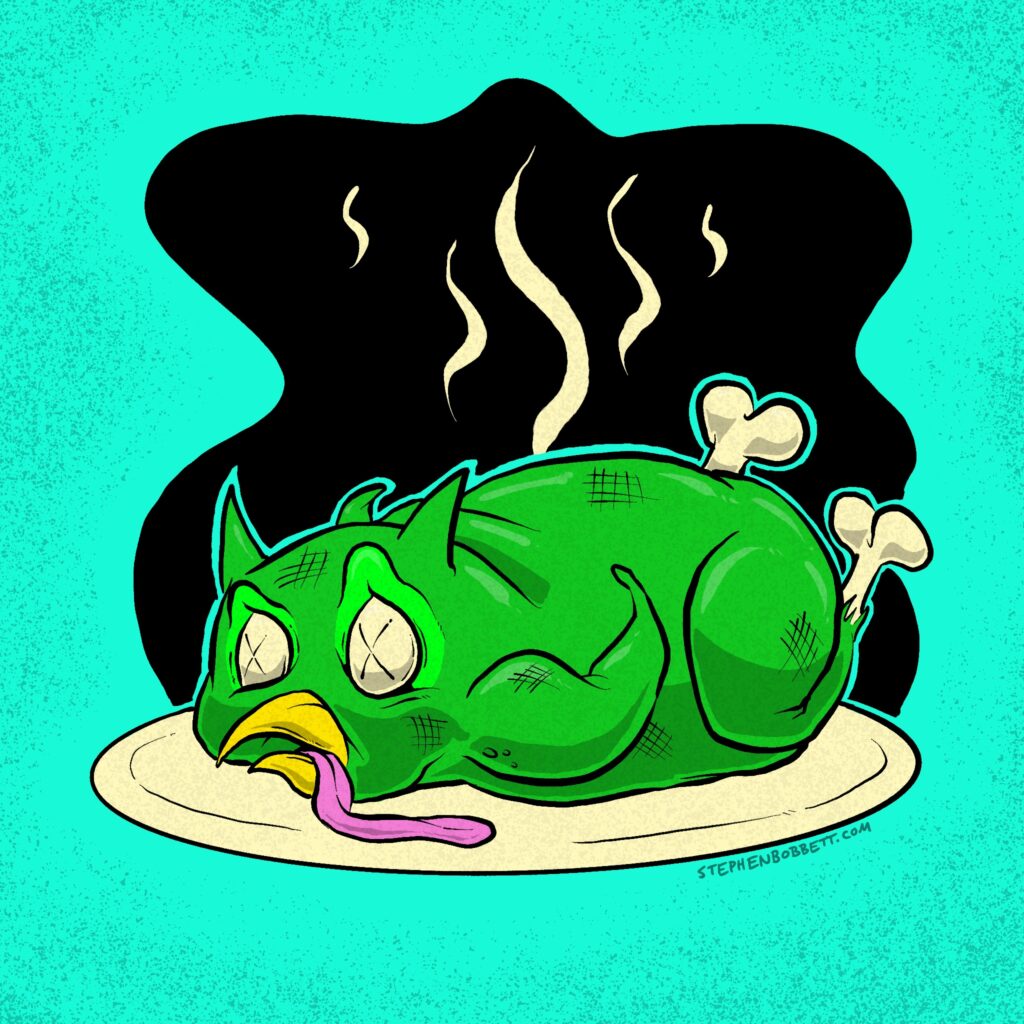
Lately being on the internet feels like clamoring up the topsails while it sinks deeper into AI-infested waters. The latest shipwreck is Duolingo, where CEO Luis von Ahn proclaimed his “AI-first” agenda on LinkedIn, much to the chagrin of the language app’s userbase.
Duolingo has been on the enshittification trajectory for a while now, which bums me out, because I’ve actually enjoyed the app quite a bit. It’s cheeky, it gamifies language to make it more fun, and it’s helpful for reinforcing vocabulary. The persistent (if not outright threatening) green owl is probably responsible for me speaking Spanish with more fluidity than I used to.
But in the last year or so, AI has been slowly plucking out the owl’s feathers. The lessons reek of the sterile non-sequitors common with LLM generation. The UI has become more predatory as it pushes you towards higher subscription tiers. And the AI video calls with Lily, while novel, are often clumsy and uncomfortable, as you rush to complete your sentences before she responds to half-uttered phrases. In some cases, the conversations turns weirdly puritanical: when her AI asked what I like to drink, it hung up on me when I mentioned I sometimes like to have a beer.
Despite these foibles, von Ahn’s message to users is, you ain’t seen nothin’ yet. In fact, he mentions “occasional small hits on quality” as they reorient their systems to AI, an odd promise when your current AI products are upwards of $150 a year. Not to mention those hits on quality will probably be larger and more frequent than a well-polished corporate memo would have users believe.
Although maybe the most sinister aspect of the memo is telling employees that Duolingo “cares deeply” about them. That rings pretty hollow when the first casualty of their “AI-first” philosophy is outside contractors. It’s a bit like telling the permanent crew of your ship you’ve got their back, while you walk the merchant sailors off the plank.
All in all, it’s a terrible look. As a brand guy, my sympathies go out to the marketing team. The frenzied, absurdist meme-fest of their content has garnered a lot of good will from their users for years now, and their CEO just set it ablaze. But sadly, this feels like the inevitable descent of every publicly traded company these days: the quixotic pursuit of infinite profit derived from zero labor. The mythic perpetual motion engine of capitalism.
I won’t be renewing my Duolingo subscription when it expires. Look as menacingly at me as you want, Duo. I’ll just shut the curtains and wait for you to get bored.
